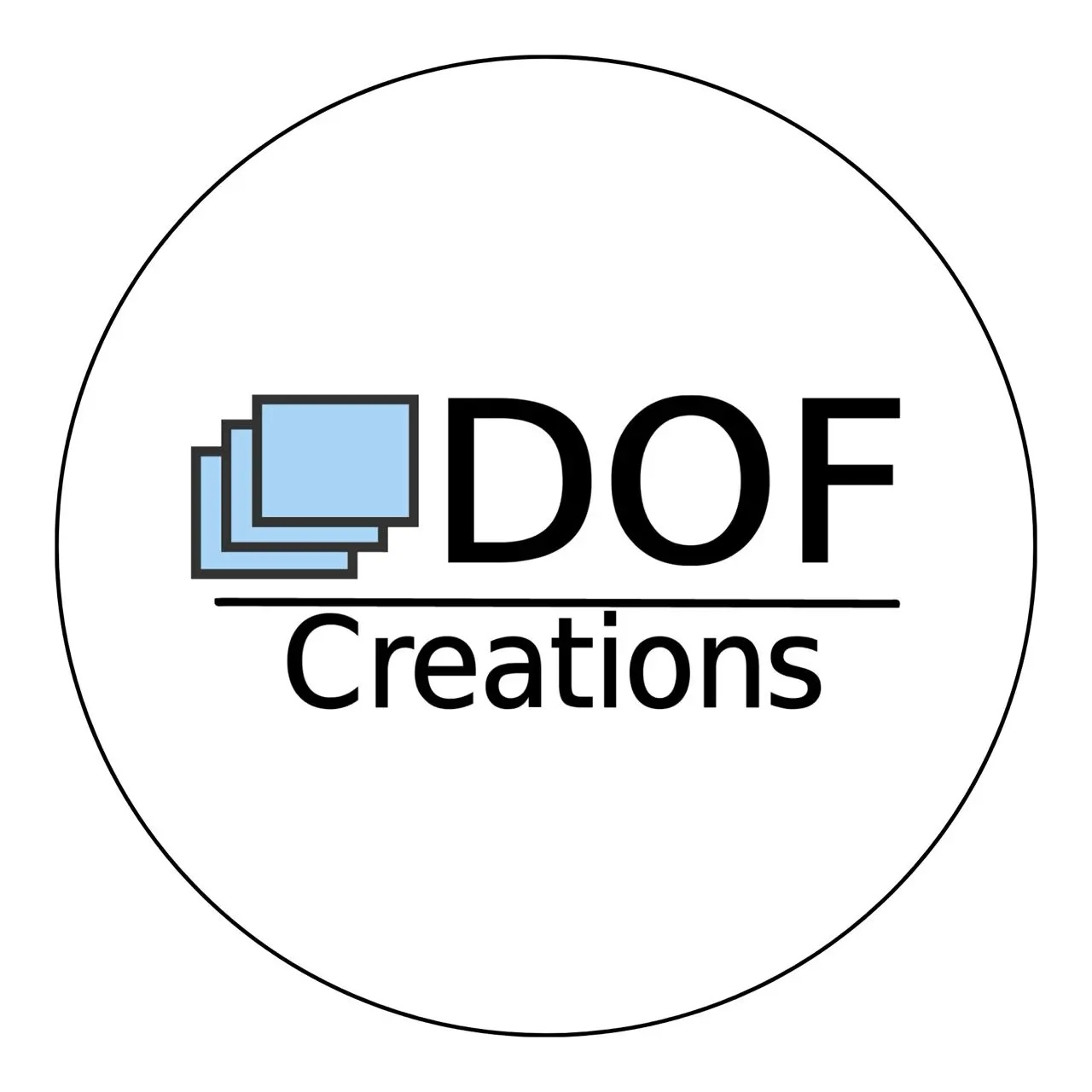In an era marked by unprecedented technological advancements and environmental awareness, organizations are reshaping their strategies toward a more sustainable future. At the forefront of these transitions stand IT departments, leading the charge in optimizing operations and creating resilient and digitally conscious frameworks.
Equipped with innovative tech tools and methodologies, IT departments are actively participating in the race to future-proof their business operations. They are nurturing sustainable digital ecosystems that not only meet the demands of the present but also prepare for the internal and external challenges of the future. This article dives into how IT is catalyzing this transformative process and supporting organizations in achieving their sustainability targets.
Adopting Green IT Practices
Green IT, also known as green computing, refers to environmentally sustainable computing or IT. It involves designing, manufacturing, using, and disposing of computers, servers, and associated subsystems, such as monitors, printers, storage devices, and networking and communications systems, efficiently and effectively with minimal or no impact on the environment.
For instance, many organizations are transitioning to energy-efficient servers or are employing virtualization to reduce the number of physical servers required. Through cloud computing, they are minimizing the need for resource-intensive data centers. They’re also implementing proper e-waste management programs and promoting the recycling and reusing of electronic components.
Integrating AI and Machine Learning
Artificial Intelligence (AI) and Machine Learning (ML) technologies are indispensable tools in the arsenal of IT departments. These technologies are deployed to automate and optimize various processes, from predictive maintenance of infrastructure to intelligent power management, thus reducing the overall carbon footprint.
AI and ML can analyze enormous datasets from multiple sources to identify inefficiencies and suggest improvements. These predictive models can highlight potential issues before they become significant problems, saving both time and resources, which is a cornerstone of sustainable operations.
Implementing IoT in Energy Management
The Internet of Things (IoT) is another groundbreaking technology that IT departments are employing to meet sustainability targets. By using connected devices and sensors, technology leaders can collect data on energy usage across different infrastructures. This real-time information can inform decision-making, helping organizations to operate more efficiently and reduce their energy consumption. Smart lighting, HVAC systems, and other energy-consuming assets can be managed effectively to contribute to sustainability goals.
Promoting Remote Work and Digital Literacy
In the wake of the COVID-19 pandemic, remote work has proven its worth as an effective and sustainable model for businesses. IT departments play a critical role in establishing the necessary infrastructure for remote work, including secure and efficient networks, virtual collaboration tools, and remote access to critical systems.
This digital transformation not only lowers the carbon footprint by reducing commuting and office energy usage but also promotes a culture of digital literacy. Employees and students become more adept at using digital tools, which can further drive efficiency and sustainability in the long run.
Enhancing Cybersecurity Measures
As more data is produced and collected, the need for robust cybersecurity measures increases. Organizational leaders work to navigate growing data privacy and security hurdles, focusing on creating resilient systems that can withstand cyber threats. Enhanced cybersecurity measures limit the chances of expensive data breaches and the waste of resources, aligning with the principles of sustainability.
Driving Policy Development and Regulatory Compliance
Beyond the direct application of technology, IT departments play a pivotal role in shaping policies that foster sustainable practices. They help ensure compliance with evolving regulations related to data privacy, e-waste management, and energy efficiency. They also guide organizations in adopting industry best practices, offering a clear roadmap to achieving sustainability goals.
Conclusion
In summary, the role of IT leaders and technology in driving sustainability within state and local governments and educational institutions cannot be overstated. Their integration of environmentally conscious practices, application of cutting-edge technologies, and leadership in policy and regulatory compliance make them pivotal actors in the push towards sustainable futures.
The shift towards green IT practices has led to the reduction of energy consumption and waste, demonstrating a more mindful approach to resource utilization. This, coupled with the adoption of AI, ML, and IoT technologies, is revolutionizing energy management and enabling predictive maintenance and efficient operations.
IT departments have also championed the transition to remote work, promoting digital literacy while reducing carbon footprints. In the realm of security, they are ensuring the resilience of systems and the privacy of data, which also aligns with sustainable best practices.
As we move forward, the onus is on these IT departments to continue innovating, adapting, and leading their organizations on this sustainable journey. It is a massive task, but with every server optimized, every policy improved, and every person made more digitally literate, they are future-proofing business operations, creating an environment where technology and sustainability are inextricably linked.
The challenges on the road to sustainability are significant, but the potential rewards for our communities and the planet are even greater. Through their initiatives and strategies, IT departments are demonstrating that a sustainable future is not only an aspiration but an achievable reality.
So, the next time you log onto your cloud-based platform, partake in a video conference, or simply send an email, take a moment to appreciate the silent work being done by the IT departments. They’re not just keeping our digital world spinning; they’re shaping a sustainable future, one byte at a time.
Contact “[email protected] to learn about the strategies others are implementing to become future ready”



